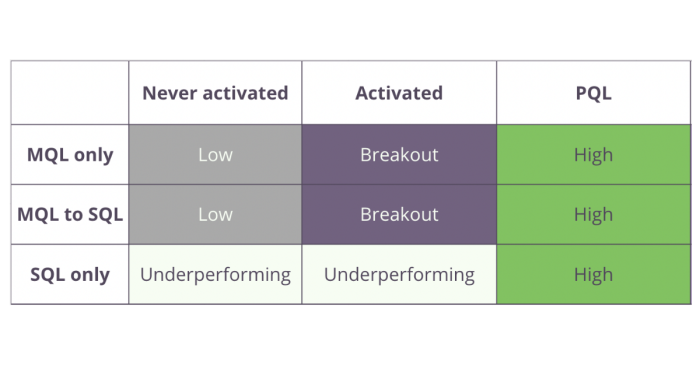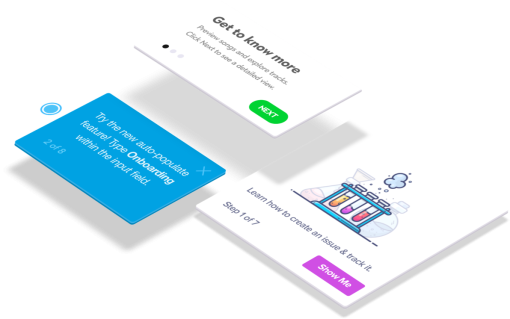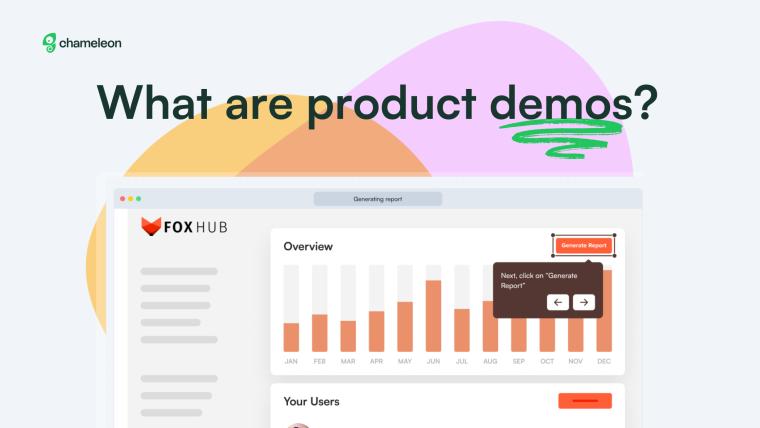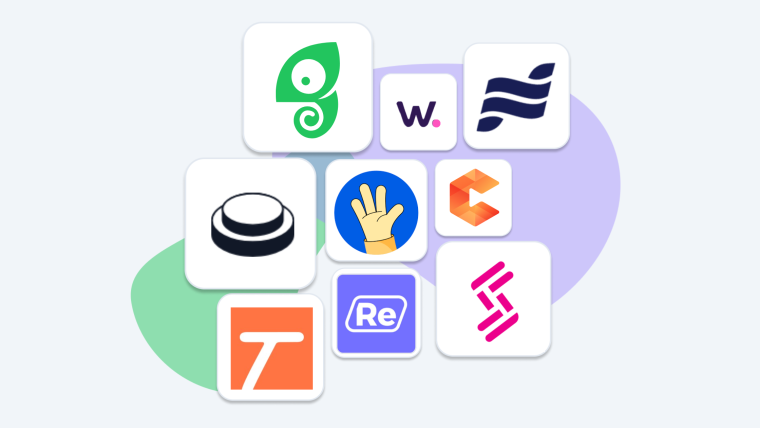Your funnel is high leverage, especially when your company grows rapidly. At the same time, you’ll find that an intuitive understanding of customers is insufficient and segmentation is essential.
However, customer segmentation can seem a heavy lift without immediate payoff during rapid growth. You need to focus! Your single job-to-be-done, customer persona, or sales motion may have fragmented into several, resulting in daily confusion within your org. Churn, declining conversion, and falling engagement are lurking around the corner.
Segmentation is only useful when it helps you concentrate your efforts. As you grow, your Sales team will be flooded by leads, many of whom don’t merit reps’ attention. Meanwhile, your appeal may have grown beyond your initial channels, messaging, and jobs-to-be-done. It’s in this phase that segmenting your leads can help you build the structure to sustain momentum, and move away from being merely reactive.
First up: Understanding SQLs, MQLs, and PQLs
You’ll find as you grow that not all leads have the same intent nor deserve the same qualification process.
Leads with the highest intent should be qualified by Sales and receive active outreach (Sales Qualified Leads or SQLs).
Leads with lower intent can be nurtured through Marketing flows e.g. emails and ads (Marketing Qualified Leads or MQLs)
Users who are already getting real value from your Product should also be considered leads for upselling or cross-selling (Product Qualified Leads or PQLs)
To classify new leads as SQLs or MQLs, you should make use of attributes we know about leads from the moment they visit our website, while PQLs will be determined by in-product usage. The earlier you adopt lead intake forms, APIs like Clearbit, product analytics tracking, and other ways to gather the necessary inputs, the better.

We can think of inputs in two ways:
Firmographics (static)
Clearbit Reveal and other third-party data sources can provide website, company name, headcount, estimated revenue, and even tech stack used by your website visitors and leads.
Intent (responses and actions)
Lead intake forms (e.g. Typeform) and event tracking tools (e.g. Segment) allow you to ask leads directly about budget and indirectly observe what content they engage with on your website, to assess intent.
Lastly, we have product usage, which lets you identify trialing and freemium customers deriving significant value from your product, who merit outreach.

Improving Freemium Conversion: From “Aha” to MRR
We'll email you this on-demand webinar—learn how to encourage free users to become lifelong happy customers.
Determining qualification
With these inputs in hand, we can determine how to qualify MQLs and SQLs, as well as PQLs. We qualify MQLs and SQLs in the conversion funnel itself, considering:
The channel they came through
Their firmographics per a third-party source
Their responses in a lead intake form
Their intent, as revealed by the lead intake form
Their responses and actions in-app
A good rule of thumb is that no more than 20% of your leads should be SQLs, to ensure the SQL designation is meaningful. For example, we can do the following separation:

The above is just a starting point to iterate from. For your product or service, you might find, or already have, better ways to separate your highest quality leads (SQLs) when they fill out the lead intake form.
Identifying Product Qualified Leads is an entirely separate matter, as you must look to your own definitions of value gained in-product, identify sustained value beyond mere activation, and then establish a sales motion to upsell or cross-sell to these customers.
Moving on to segmentation
SQLs, MQLs, and PQLs are established. Now, we can use these firmographic, intent, and usage-based criteria as a starting point for full customer segmentation. Given that segmentation is a structured, shared way to understand our customers, we can use these criteria to bootstrap some segments that reflect firmographics, initial intent, and even product usage.
Analyzing existing customers, we can classify by both marketing funnel and product usage, in this manner:

From here, we have initial groups to iterate on, towards a complete customer segmentation and to take immediate action on the following groups.
The Low Group
Get these customers and leads activated through scaled actions such as email campaigns, product tours for onboarding, and webinars. Many of them will be leads who have yet to use your product, some will be in the trial period, and others paying customers who just haven’t activated. Email campaigns can reach all, while product tours and in-app actions can reach those in the product, and webinars can be used if you’ve identified specific Jobs-To-Be-Done or vertical-specific concerns that your product tour alone can’t address.
The Underperforming Group
Get these customers and leads activated by a dedicated Account Manager or Customer Success Manager, along with curated content per the manager’s discretion. If the SQL has yet to become a customer or yet to activate, we must help them see value as rapidly as possible. If they have activated, we need to engage them further so they reach a PQL level of product usage, and thus are on a path for long-term retention.
The Breakout Group
These customers and leads may be spending more than we expect for their size (“little big spenders”) or qualification path but regardless of trial or paying status, they are using the product and have activated. We must get them to PQL level usage as they’re already realizing the value and will be likely to stay if they understand it even more.
The High Group
Learn what worked best for these customers, both in terms of selection effect (the firmographics) to improve your SQL criteria and treatment effect (scaled and Sales action) to improve your handling of leads. These best practices were your own after all!
Segmentation during Activation and Trial periods
Users who are activated during trial may well be leads for expansion purchases, provided they reach sustained value. Just as we have flows to nurture MQLs towards the purchase or becoming SQLs, we should think of in-product tours, campaigns, and other engagement to nurture Activated Users to become PQLs.
Moreover, this can be done using all the data we’ve accumulated from their journey through our funnel, as well as their day-to-day usage. Activated users will be either Breakout or Underperforming, per the above segmentation.
Breakout MQLs/SQLs: These customers need in-app, scaled campaigns (tours, messages), and product education (office hours, webinars, drop-in) for human touch at scale.
Underperforming SQLs: These customers need in-app, scaled campaigns and customer success (concierge onboarding) to engage and realize value at the desired level.
In both cases, these customers have obtained value, now you want to get them to reach sustained value. At that point, they’re ready for a paid plan, upsell, or cross-sell, as a Product Qualified Lead.
Always start with your funnel
All of the above can and should be done during the start of your rapid growth, as it is neither dependent on pristine data and fully fleshed out customer personas, nor does it require the heavy lift of a larger customer segmentation effort.
As we mentioned, segmentation is only useful if it helps you concentrate your efforts. By starting with your funnel, you’ll be able to do so right away. You can quickly see what works so that Sales can exclude bad leads, Marketing can impact a larger number of leads and customers, and Product can add value immediately by identifying the most active and engaged customers for upselling.
With Sales, Marketing, and Product adopting a shared way of looking at the business, it will make any future efforts involving data, measuring progress on shared work, and simple day-to-day collaboration easier, as you scale. And at minimum, you’ll have found ways to improve your funnel. Right here. Right now.

Create in-app experiences that retain and convert users
Chameleon makes it easy for product marketers to create tooltips, modals, and product tours without code
This article was written by Rahul Reddy, who has led customer segmentation, ideal customer profile, North Star definition, sales funnel optimization, pricing, and analytics efforts at Trusted Health, Intercom, and other companies spanning Marketplace, SaaS, B2C, and B2B. His background includes training in statistics, prior work in strategy consulting, and experience building teams and leading projects across industries, geographies, and company stages. He currently helps high-growth companies with customer segmentation, as well as data and analytics strategies.





